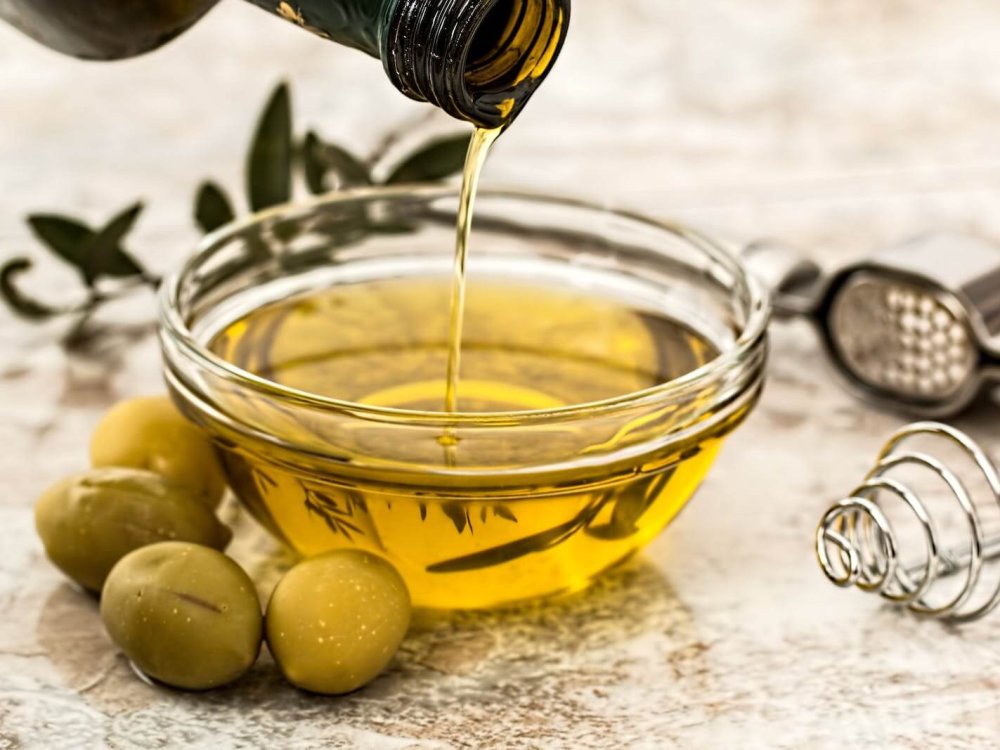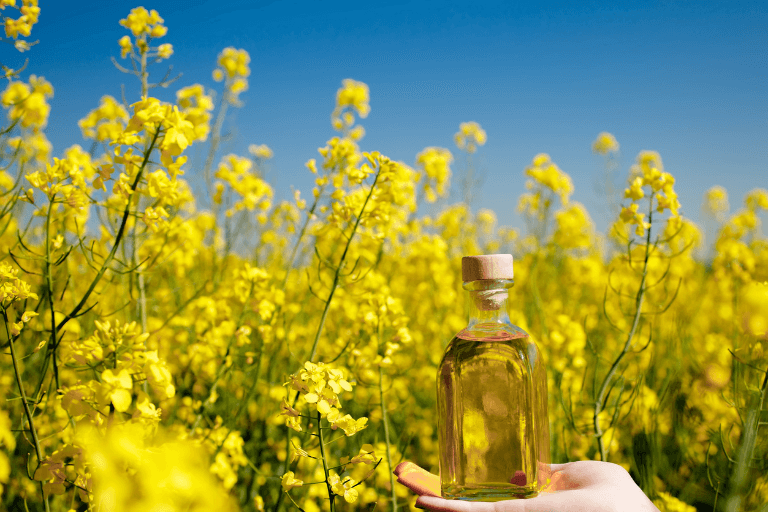Until recently, non-alcoholic fatty liver disease (NAFLD) was considered to be quite rare and harmless. For most people, a fatty liver can remain free of inflammation and asymptomatic. However, there seems to be an increasing number of people with NAFLD due to the rising obesity figures. Individuals who have had a fatty liver for some time, are more likely to develop inflammation causing scarring (or fibrosis). In these people this can progress to potentially life-threatening liver cirrhosis. So, how prevalent is NAFLD? Who is at risk? What diet and lifestyle advice is appropriate?
What does the liver do?
The liver is involved in around 500 different reactions in the body. These include filtering and cleaning the blood; fighting infections; producing bile which helps digest fats; storing glycogen and some vitamins and minerals; producing and maintaining the balance of hormones, enzymes and proteins; and getting rid of waste substances from the body. It has the unique ability to repair itself, although it can sometimes be damaged beyond repair.
What is fatty liver?
Fatty liver occurs when too much fat (more than 5%) builds up in liver cells. Liver disease is often associated with drinking too much alcohol. However, fatty liver in people who drink within the alcohol guidelines is known as non-alcoholic fatty liver disease (NAFLD). It is estimated that 1 in 4 people in the UK have NAFLD. Prevalence has doubled over the past 20 years due to the rise in obesity levels, mainly as a result of sedentary lifestyle and poor diet.
NAFLD develops in four stages, with the first being simple fatty liver or steatosis. There are few, if any, symptoms in the early stages of NAFLD so it often goes unnoticed. For many people, fatty liver does not develop further, and can be reversed with a healthy diet and lifestyle. However, for some, fatty liver develops into non-alcoholic steatohepatitis (NASH) or fibrosis.

Risk factors of NAFLD
Obesity is a major risk factor for developing NAFLD. Estimates suggest that 30-90% of obese adults have NAFLD, particularly those with excess belly fat. The main risk facts for NAFLD are:
- Overweight or obese
- Visceral adiposity (excess belly fat)
- Rapid weight loss (e.g. following gastric bypass surgery)
- Type 2 diabetes or family history of type 2 diabetes
- Aged over 50 years
- High blood pressure
- High cholesterol
- Smoking
- Poor diet
- Sedentary lifestyle
Dietary advice
As there is no effective drug therapy for NAFLD, diet and lifestyle modifications are the main prevention and treatment options. For overweight and obese individuals, gradual weight loss along with increased physical activity can help reduce the amount of fat in the liver. A rapid weight loss, using a very low calories diet, should be avoided due to the risk of worsening liver inflammation.
The Mediterranean diet has shown to be particularly beneficial in NAFLD patients. The main beneficial factors of this diet includes plenty plant-based foods and wholegrains, beneficial fatty acids and polyphenols. The classic Mediterranean diet consists of plenty fruits, vegetables, grains, nuts, moderate amounts of dairy and fish, small amounts of meat, and predominantly unsaturated fats rather than saturated fats. Evidence shows that this dietary pattern can reduce fatty liver and improve insulin sensitivity in insulin-resistant individuals with NAFLD.
Fat: Foods high in monounsaturated fatty acids (such as olive oil, rapeseed oil, nuts and avocados) may be particularly beneficial in promoting liver fat loss. Long-chain omega-3 fatty acids are known for their beneficial effects in cardiovascular disease, stroke and diabetes, and evidence has also shown reductions in lipid accumulation, improved insulin sensitivity and anti-inflammatory effects which has increased interest in the benefits of omega-3 in treating NAFLD.
Carbohydrates: There is good evidence to show that diets low in refined carbohydrates can help reverse NAFLD. Excess carbohydrates in the diet are converted into fat and accumulate in the liver. This occurs at a higher rate with high intakes of dietary fructose. The liver is the only organ that can metabolise fructose, whereas glucose is metabolised widely in the body. Excess fructose is associated with hepatic steatosis, cellular stress and inflammation. Fructose syrups or sugar containing fructose and glucose is widely added to fizzy drinks, fruit juices, jams and sweets.
Vitamin E: The antioxidant activity of vitamin E is thought to be particularly beneficial in protecting against oxidative stress apparent in fatty liver disease progression. American Gastroenterological Association guidelines suggest the use of 800IU/day of vitamin E in non-diabetic patients with NASH. However, the evidence is not strong enough to support the use of vitamin E to treat NASH in diabetic patients, NASH cirrhosis or in NAFLD.
Coffee: Coffee appears to confer a number of protective effects relating to liver disease. A recent systematic review and meta-analysis investigating the effect of coffee on NAFLD found a significantly decreased risk of NAFLD among coffee drinkers and a significantly decreased risk of liver fibrosis among patients with NAFLD who drank coffee on a regular basis. It is unclear whether such benefits to the liver is due to the caffeine or the other constituents found in coffee, such as cafestol and kahweol or the range of antioxidants. Consuming regular and moderate amounts (3-5 cups a day) of filtered unsweetened coffee along with following other recommended diet and lifestyle advice, appears to be beneficial for those with NAFLD.
Gut health: Current evidence suggests that gut microbiota plays an important role in fatty liver, fibrosis and insulin resistance. A systematic review of three randomised controlled trials investigating the effects of different probiotic and/or prebiotic formulations in adults with NAFLD, did not find sufficient evidence to support their use in treating NAFLD. Further research is needed to explore the links between gut microbiota and NAFLD.
Medicinal herbs: Several medicinal herbs, such as milk thistle, may have potential benefits for the management of NAFLD. A recent Cochrane review concluded that herbal medicines may have beneficial effects on fatty liver disease, but the evidence is insufficient to recommend them to individuals with NAFLD.
General lifestyle advice
For the greatest benefit, a healthy diet needs to be coupled with regular physical activity. Evidence suggests that both active and passive smoking is likely to put extra stress on the liver, and may aggravate and accelerate the progression of NAFLD. Although alcohol is not a cause of NAFLD, drinking may make the condition worse. For example, alcohol can increase the progression of liver damage in individuals with NASH. Advice related to NAFLD from the NHS is to cut down or stop drinking alcohol.
Summary
There is a need for more awareness and understanding of NAFLD amongst both health professionals and the general public. The incidence of NAFLD has significantly increased in recent years with around one in four people in the UK currently living with NAFLD. The main reason for this increase is the rise in obesity, which is mainly due to the population’s sedentary lifestyle and poor diet. There is currently no specific drug treatment for NAFLD. However, a combination of dietary modifications and increased physical activity can be effective in reducing the risk and slowing the development of NAFLD. NAFLD is largely preventable, and in the early stages, it can be reversed. Therefore, it is important to be aware of the impact that diet and lifestyle has on liver health.
This summary was reproduced with permission from NH Publishing Ltd. Published in Network Health Digest (NHD) Oct 17, issue 128.
The full published article and references are available on request





